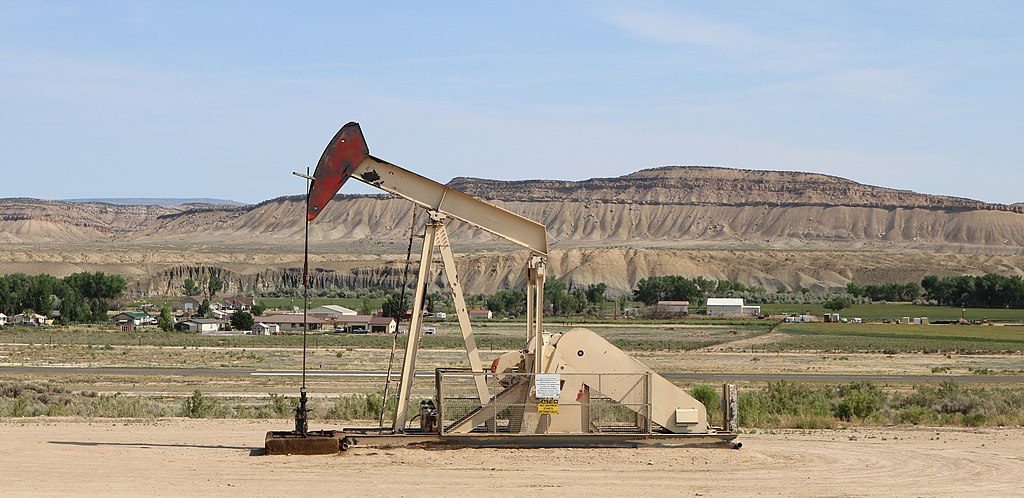Not that we needed the reminder, but on August 29th Hurricane Ida slammed into the Louisiana coast sixteen years to the day that Katrina devastated New Orleans and the Gulf coast. Ida made her way up the Eastern half of the country sparking tornadoes and deluging areas with rain, killing dozens of people in the Northeast. Scenes from New York City – with flooded subway stations – evoked images of Sandy nine years ago. At the same time, wildfires are raging in the West and Upper Midwest burning millions of acres. Earlier this summer a heat dome formed over areas like Seattle producing temperatures in excess of 110. This in a region where many don’t have air conditioning because it “typically” is unnecessary.
Nothing about the weather seems typical anymore. So, is this a new normal? Increasingly volatile weather due to climate change? Seems about right.
One thing that hasn’t changed is the need for better disaster planning. Because disasters, while unpredictable, can no longer truly be considered “unexpected.” And a need for policy prescriptions that empower individual and communities to “pre-spond” to future, sadly inevitable disasters. Because disasters are expensive. Whether it’s fires, floods, earthquakes, tornados, or hurricanes, there’s a lot of property at risk. More importantly, lives are at stake.
The reconciliation and infrastructure bills currently the focus of attention in Washington are opportunities for not just more money, but better policy approaches. Under budgetary rules, anything included in a reconciliation package still must meet the criteria of being revenue or spending related (or debt ceiling, but that’s not applicable here). This limits some of the positive (or negative) changes that can happen. But, as Wastebasket readers know – and this holds true for reconciliation as well – budgets are not just about numbers, they’re about priorities. Where and how lawmakers choose to spend money and raise revenue reflect the true priorities of the budget reconciliation package.
So, we’re going to be reviewing this package and any potential disaster spending with a few principles in mind:
- Fix it first/protect what is critical. Nobody holds a ribbon cutting for a repaving project. So, lawmakers contemplating infrastructure all-too-often support the new over the necessary. But fixing, and making more resilient, existing beneficial infrastructure should be the baseline.
- Build Back Better—This should be more than a campaign slogan. Federal policy can make infrastructure and communities more resilient to the threats they face. Or it can be a barrier. The reconciliation package must fix past policy mistakes, not plant future liabilities for taxpayers, and promote resilience instead of dependence on federal spending.
- Let safety nets work. Natural disasters show there are robust safety nets for many people and sectors. But there are always gaps. Lawmakers need to identify these gaps and dole out money as needed. At the same time lawmakers must eliminate subsidies for those who don’t need them.
- Prioritize based on need – Large “emergency” spending packages routinely have money left over. Spending can end up being directed in wasteful or unhelpful ways while people needing assistance are overlooked. And too often these packages lead to budgetary games. We saw this after Sandy, we see it in Agriculture spending. There are billions in unspent COVID-19 funds “paying for” parts of the infrastructure bill. Lawmakers need to separate policy needs from political wants.
Congress currently finds itself in the unenviable position of needing to separate legitimate unmet needs from cynical subsidy seekers in reconciliation and any future emergency disaster spending bill. We’re sympathetic, to a point. But truly tackling natural disasters, climate change, and the need to foster resilience takes more than just money, it requires policy change. We’ll say it again, Congress needs to roll up its sleeves and do the hard work. Make the tough decisions, think ahead, budget properly, and mitigate risk so that we’re not always responding to a predictably bad outcome. Americans excel in responding to disasters. We need to continue doing better at planning for the next one(s). Anything less is fiscally irresponsible and, as the headlines have shown in bold face type this summer, immeasurably devastating to the people living out the consequences.










